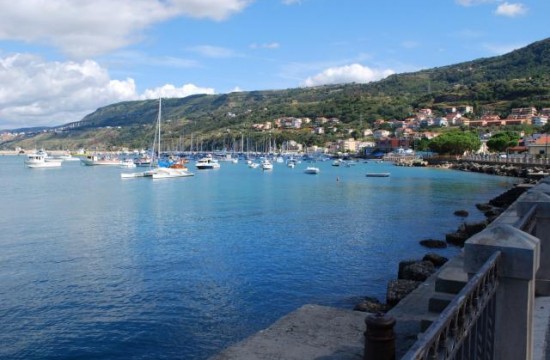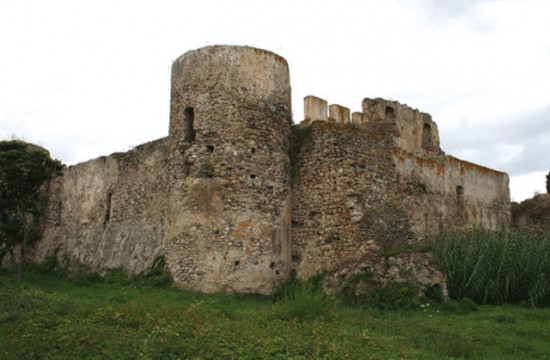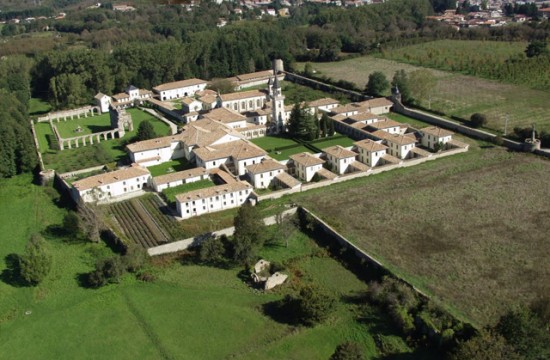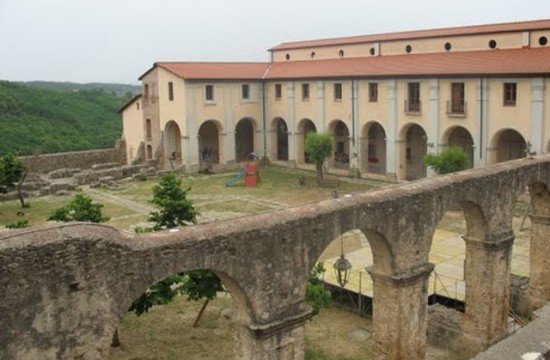In the locality of Trainiti not far from nearby Portosalvo, an inlet in the Neolithic of already stood landings for the Obsidian trade, with the Greek colonization in the same place, the port will be built of Hipponion, between c. 294a and 289 BC it will be rafforzarto by Agathocles, who had conquered the polis.
In Roman times, further enlarged port is used as a naval base during the Punic Wars, macedoniche and civil wars. In the 6th-7th century was still active as evidenced by the letters of St. Gregorio Magno to the Bishop of Vibona. Currently in the locality of Trainiti are visible in water the ruins of the ancient port, in particular the breakwater that extends for approximately 500 m from the coast.
In the present town of Vibo Marina instead, there was a lower berth, with a settlement. The village of port stops being attended in the 7th century, life will resume with the Normans in the 11th ... Go on









